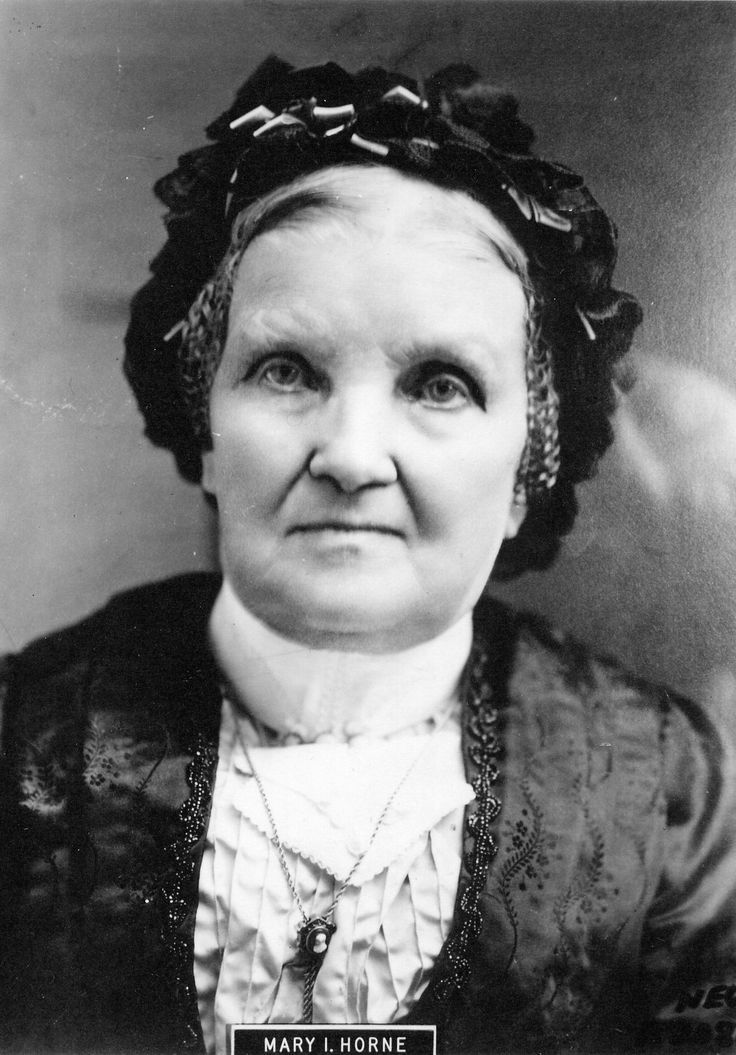
He called upon Mary Isabella Hales Horne (who was serving as the Stake RS President for the Salt Lake Stake) to head up this new organization that he wanted to call the Retrenchment Association. He wanted this association to build spirituality and purpose in the women as well as the younger women. So, he asked Eliza R. Snow to organize his daughters into the first Young Ladies Retrenchment Association and Sis. Horne to organize the Senior Retrenchment Association.
Now, let me explain the word Retrenchment. It’s not a very pretty word, to say the least. We use it mostly in the business world these days. It means reduction, cutting back, a curtailing of expenses, a more serious effort.
Brigham Young said:
“I have long had it in my mind to organize the young ladies of Zion into an association so that they might assist the older members of the Church. There is need for the young daughters of Israel to get a living testimony of the truth. I wish our girls to obtain a knowledge of the Gospel for themselves. I want you to vote to retrench in your dress, in your tables, in your speech, wherein you have been guilty of silly, extravagant speeches and light-mindedness of thought. Retrench in everything that is bad and worthless, and improve in everything that is good and beautiful.”
The Senior Retrenchment Association was unique among church organizations. It was not limited to ward or stake boundaries. It’s president, Sis. Horne had six counselors (who, like herself, held other church callings). The women expressed religious feelings as well as concerns for the community. In its first decade, the Association’s principal objectives were reform in “diet and dress” and avoidance of all forms of “worldliness.” Home industries were promoted during the meetings. Organizing medical care and sending women off to become doctors, as well as urging women to vote were the main topics on the agenda. Its purpose was to build the kingdom.
The ladies didn’t seem to like the word “retrenchment” either. Their name was adapted to “ladies semimonthly meetings” which is how often they met. The aging of first-generation Latter-day Saints prompted redoubled efforts to prepare the second generation of standard bearers. The association formally lasted for about thirty-five years. Eventually, it became the General Relief Society Board.
The Woman Herself
Mary Isabella Horne was an amazing woman. She was with the group of Saints who waited in Nauvoo to receive their Endowment before heading west. She gave birth to a little girl in Pisgah. Later, on the trail, an Indian would try to trade four horses for the little girl. Isabella ultimately gave birth to fifteen children, including three sets of twins. Once when Joseph was not allowed to return home in between going to jail, he rested at Isabella’s home and lamented the fact he didn’t have any clean clothes, so, Isabella washed his clothes for him. She was known to be a general among women. She spoke out, she organized, she supported, she led, she loved.
Her testimony includes these words:
“Meetings have been held semi-monthly since that time, and much good instruction had been given and many of the sisters have obtained a testimony of the truth of the Gospel, and the divine mission of Joseph Smith, who had never thought much about religious matters before attending those meetings. I feel thankful to my Heavenly Father that He inspired the Prophet Joseph to organize the Relief Society and thus open the door for the advancement of women. May the good work continue. May we appreciate our privileges and go forth faithfully in the discharge of our duties as mothers in Israel in the earnest desire of your co-laborer in the kingdom of God.”
i’m so grateful to find this! my GGGgrandmother is Mother Horne.